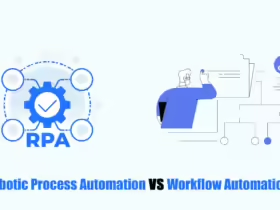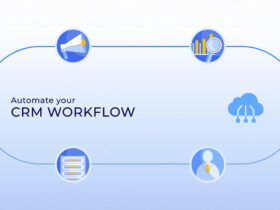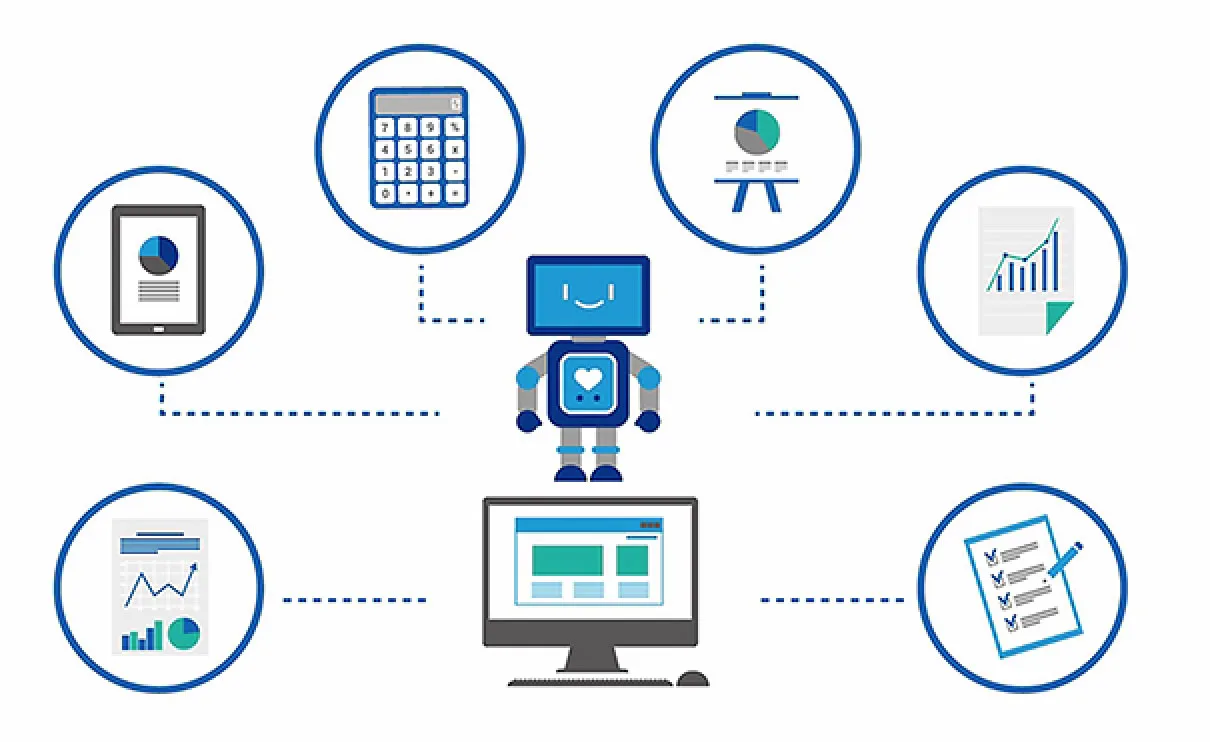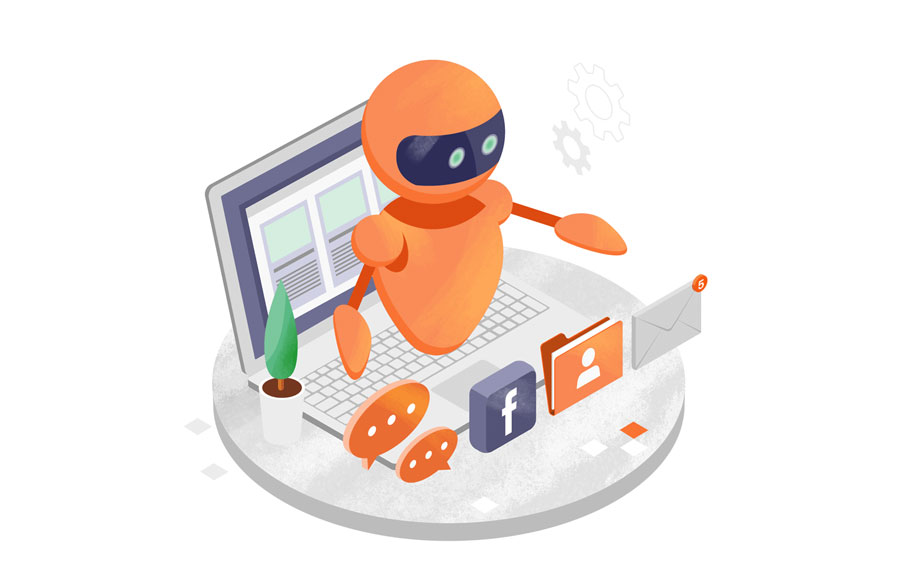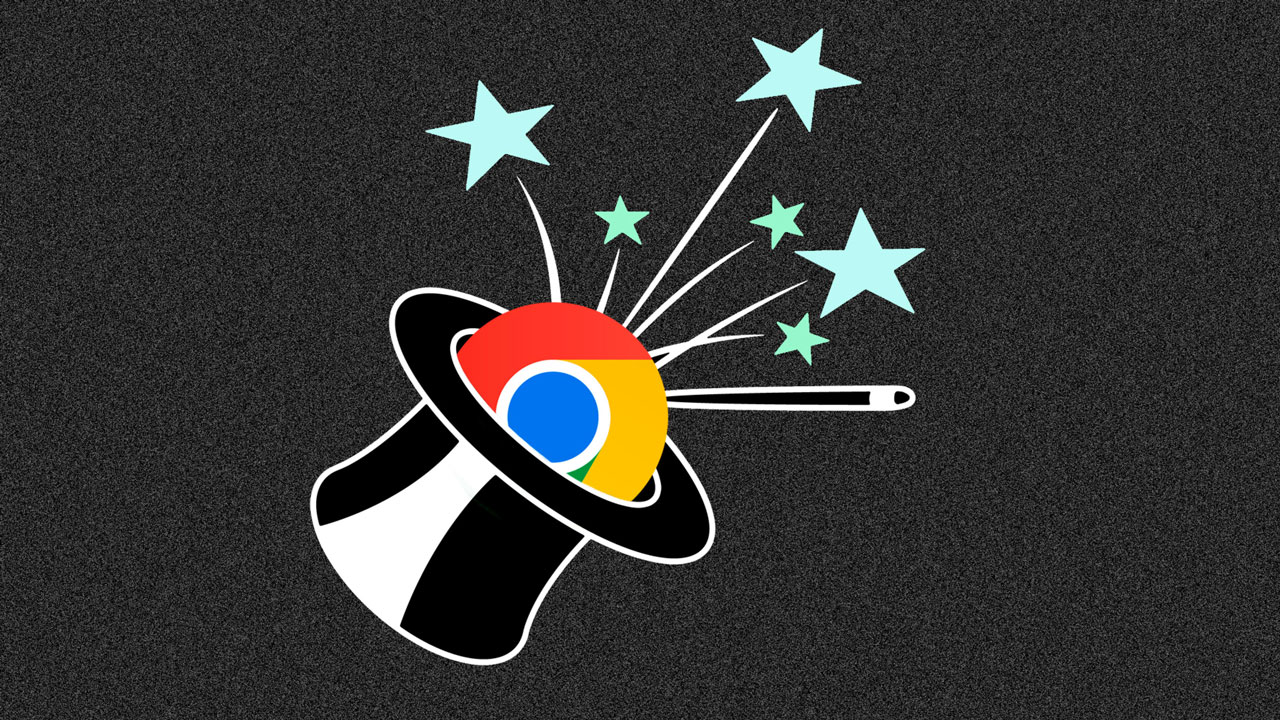Artificial Intelligence (AI) has been a hot topic for the past ten years, and recently, terms like agentic AI and generative AI have gained a lot of attention. While traditional AI involves users discovering patterns and analyzing data, generative AI can create completely new patterns and content, such as text, images, videos, audio, or software code.
Both agentic AI and generative AI tools bring huge productivity benefits to workers and businesses. If you want to choose and apply them to your business effectively, you need to know the difference between these two terms and how they are used. Let’s explore!
What are the Main Differences between Agentic AI and Generative AI?
Before diving into the difference between agentic AI and generative AI, we must learn the definition of both.
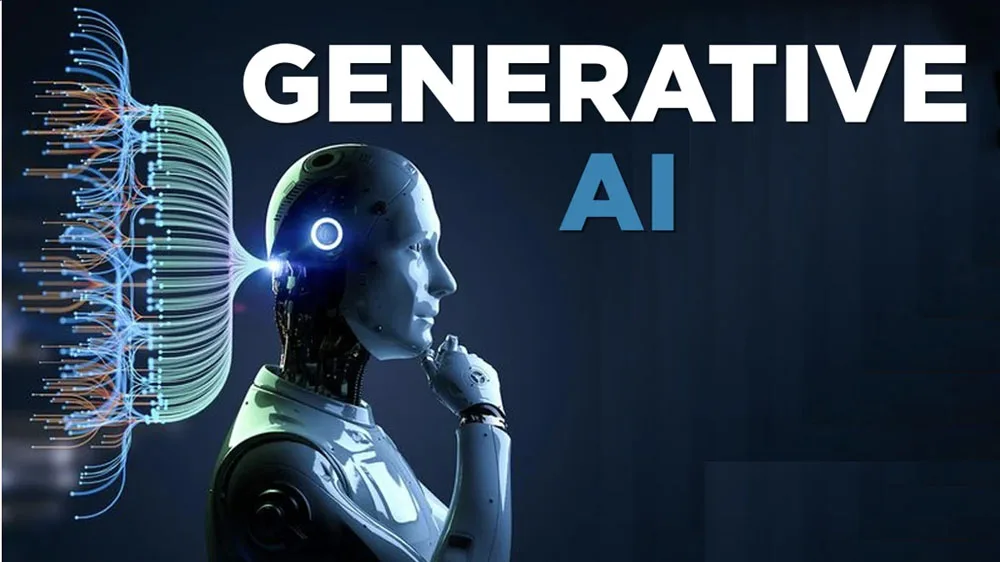
Generative AI is a type of artificial intelligence that generates new content, such as text, images, video, audio, or computer code. It does this when a user gives it a prompt or request. Generative AI uses advanced computer programs called deep learning models. These models learn patterns from large amounts of data, similar to how the human brain learns. They then use this information to understand what users are asking for and generate high-quality content based on what they have learned.
Meanwhile, agent AI is AI systems that can make decisions and take actions on their own. They can handle complex tasks without much help. Agent AI combines the flexibility of large language models (like those used in generative AI) with the accuracy of conventional computer programs. This type of AI acts autonomously to achieve a goal. It uses technologies like natural language understanding, machine learning, and learning through trial and error.
So, we can understand that generative AI reacts to what you ask, while agent AI is proactive and makes decisions on its own to achieve a goal. Agent AI can change plans based on new situations and is capable of making choices based on context. It is used in many areas where autonomous action is useful, such as robotics, problem analysis, and intelligent assistants.
Use Cases for Agentic AI and Generative AI
While generative AI has many uses, a lot of agentic AI applications are still being tested. However, potential uses for agentic AI are starting to show up in areas like customer service, healthcare security, workflow management, and financial risk management.
Agentic AI Use Cases
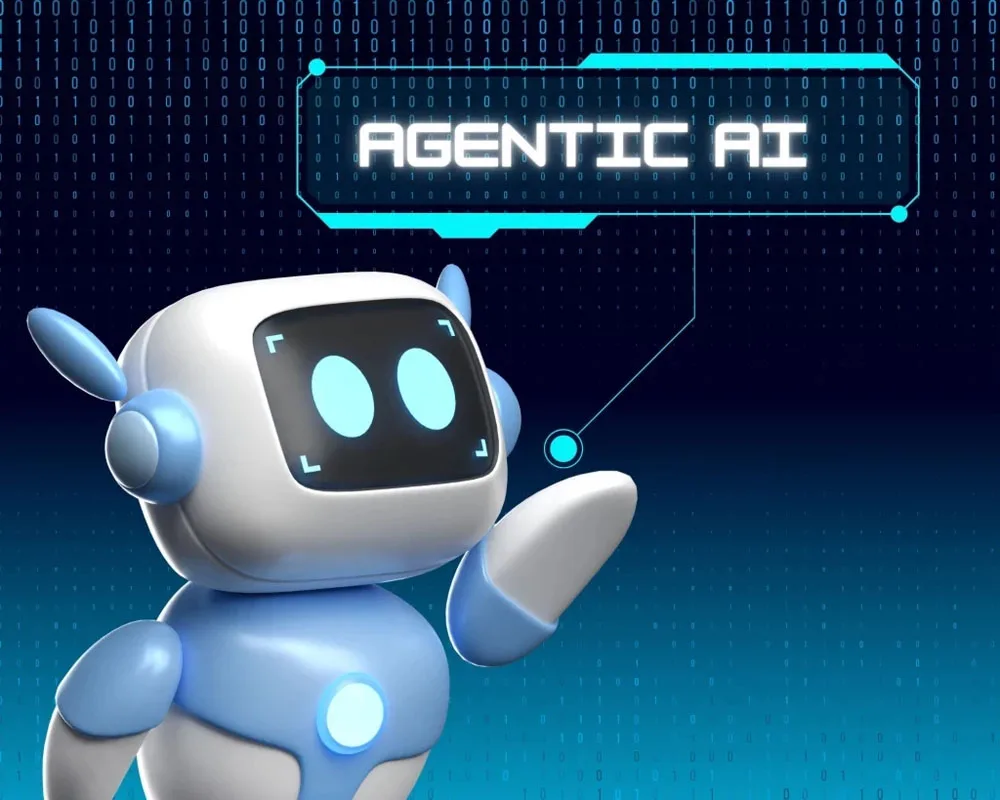
So how are businesses and competitors using Agentic AI? Here are four main use examples of Agentic AI:
Customer Service
As they are pre-programmed, traditional customer chatbot models often require human intervention and have certain limitations. In contrast, automated agents can quickly grasp customer intent and sentiment, then take steps to resolve the issue.
As a result, these automated systems can assess situations in a predictive manner, helping to ensure smoother customer-business interactions. Specifically, AI agents can automate tedious tasks by collecting, cleaning, and formatting an organization’s data. These systems can reduce the burden on employees, freeing them up for more impactful projects and tasks.
Healthcare
AI is already used in healthcare for things like finding diseases, helping patients, and making office work easier. For any AI tool in healthcare, keeping patient data safe and private is very important. This is also true for new agentic AI tools.
For example, Propeller Health is adding agentic AI to its smart inhaler. This smart device collects real-time information from the patient about how they use their medicine and outside things like air quality. The device then tells healthcare workers when needed and keeps track of what the patient does.
Automated Workflow Management
Agentic AI can run business tasks on its own and manage difficult jobs. This includes things like ordering new supplies and making supply chains work better. It can automate office tasks, making things easier for people without them needing to do physical work.
For example, a shipping company could use agentic AI to change delivery routes and times automatically. It would do this based on live traffic and how important shipments are. Agentic AI can also handle more work and grow easily, which makes it very useful for the logistics industry.
Financial Risk Management
Agentic AI helps businesses reach customer goals and get better results instantly. It does this by looking at market trends and money information. Then, it makes its own choices about where to invest and who might be a credit risk.
Banks and other financial companies want to keep their customers’ money safe. They also want to make smart choices that earn more money. Agentic AI can make these practices better. It works on its own and changes its plans based on what’s happening right now in the economy, society, and politics.
For example, a finance tech company could use agentic AI to watch how the market changes. The AI would then automatically move money around in investment portfolios.
Generative AI Use Cases
Below are 4 popular use cases of generative AI:
SEO Content Creation
Businesses, especially digital marketing agencies, are using next-generation AI to create high-quality, keyword-optimized blog posts or landing pages for their clients, helping them climb higher in search engine rankings. This in turn can increase organic traffic and drive revenue.
Marketing and Sales
Sales teams often get bogged down with administrative tasks, even though their main goal is to find and develop sales leads.
Sales teams have actually been a generative AI use case for a while now, thanks to chatbots and virtual assistants. This AI technology can handle specific tasks and boost optimization within a sales team, including outreach for lead generation.
Product Development
The generative AI capabilities out there can help organizations dream up new product ideas or designs. They can do this by looking at market research, trends, and what users prefer. This could really speed up the product development cycle.
Many fashion companies use gen AI to design a brand-new clothing line, generating designs based on consumer input and market data analysis.
Automated Customer Support
Generative AI can automatically generate responses to customer service requests. These tools can generate answers to frequently asked questions and even help with real-time customer issues, orders, and more.
Many e-commerce businesses are using generative AI in chatbots to handle a variety of tasks, such as order status inquiries, refund requests, and shipping questions.
Conclusion
The main differences between agentic AI and generative AI show their unique strengths. AI agents are great at doing tasks on their own and making decisions in real-time. Good examples are self-driving cars and smart assistants.
Generative AI, on the other hand, is excellent at creating new content. It learns from large amounts of data. This powers everything from understanding human language to making art.
Knowing these differences helps you choose the right AI tools for your team and business.



